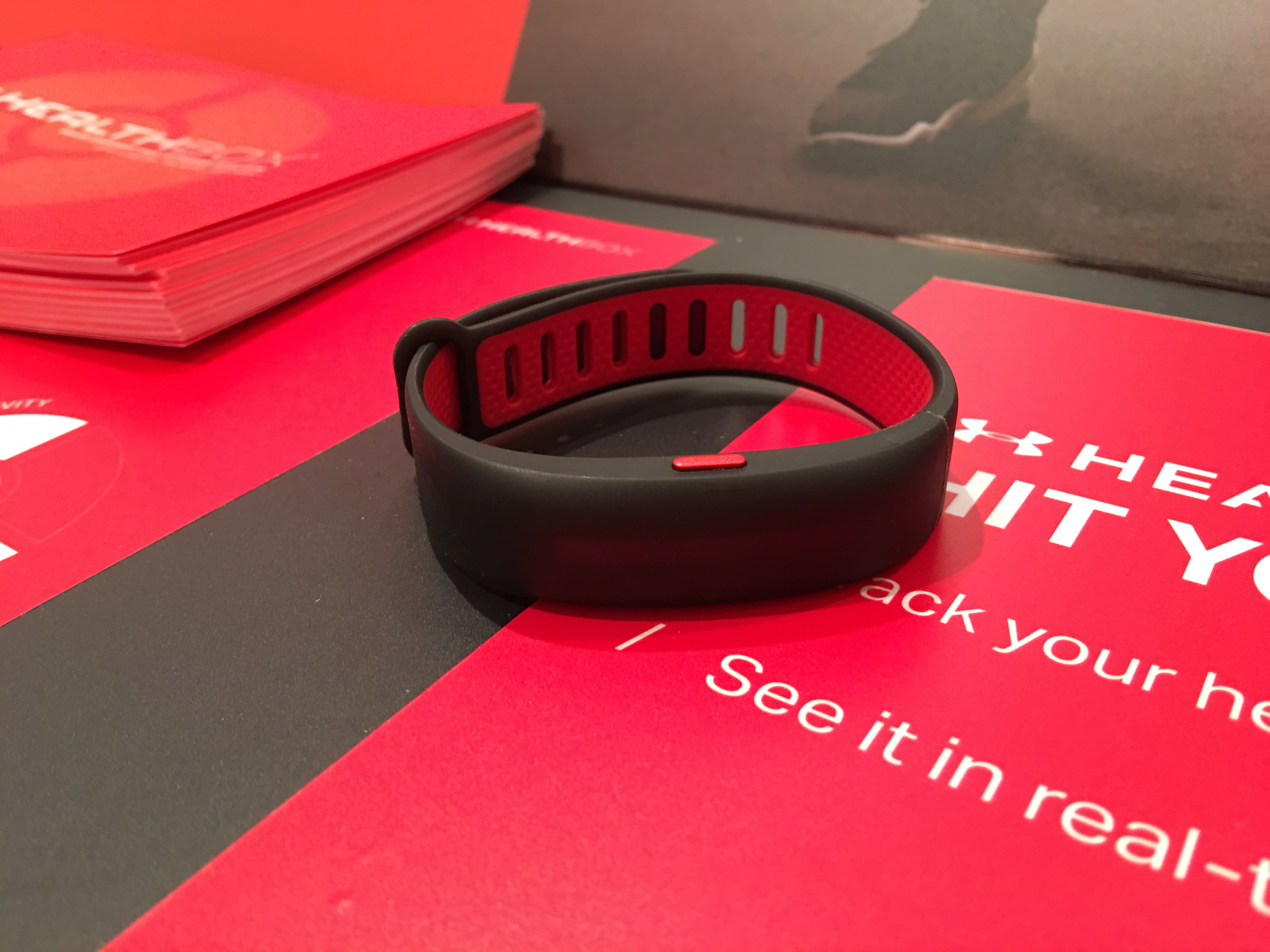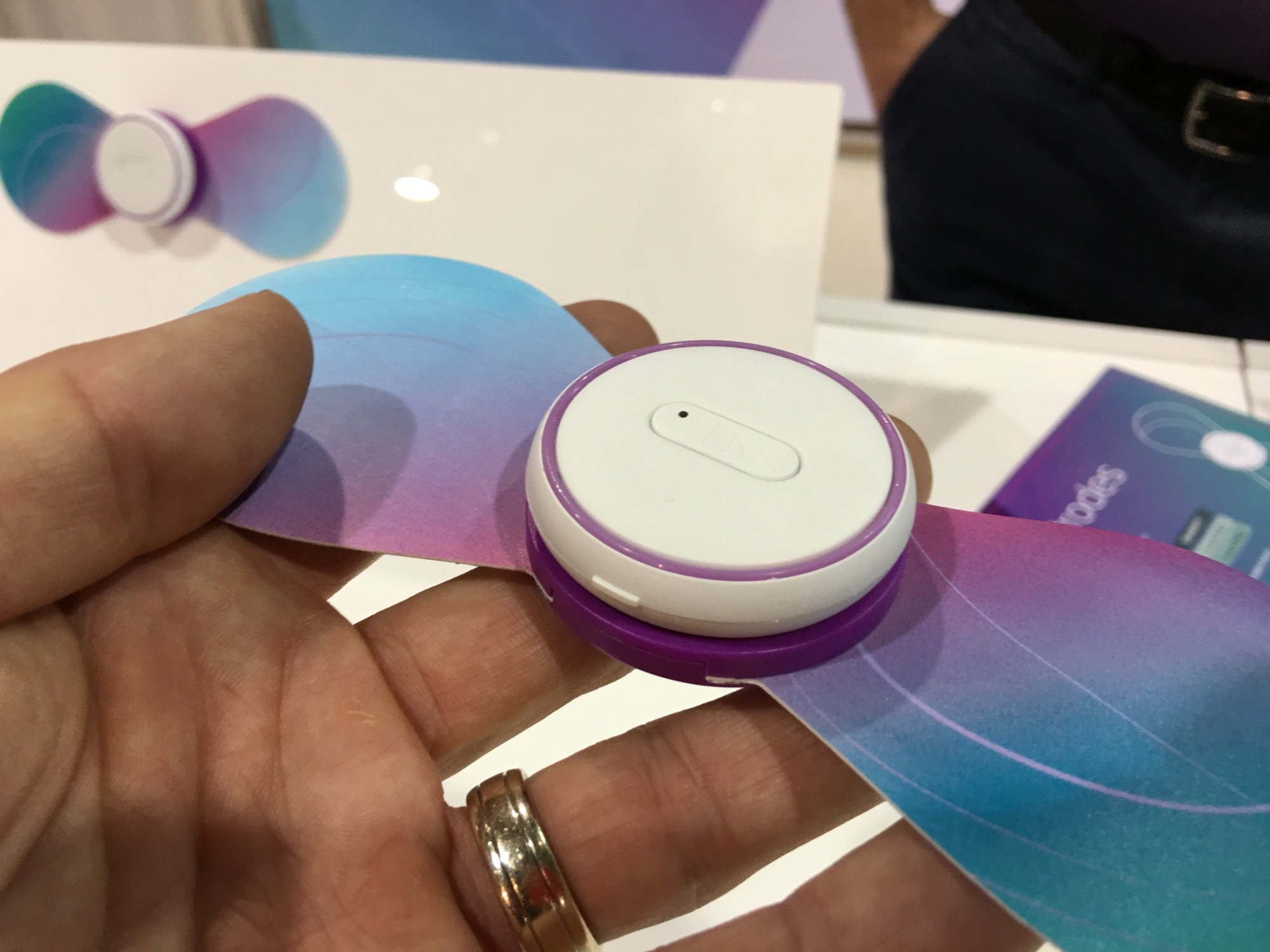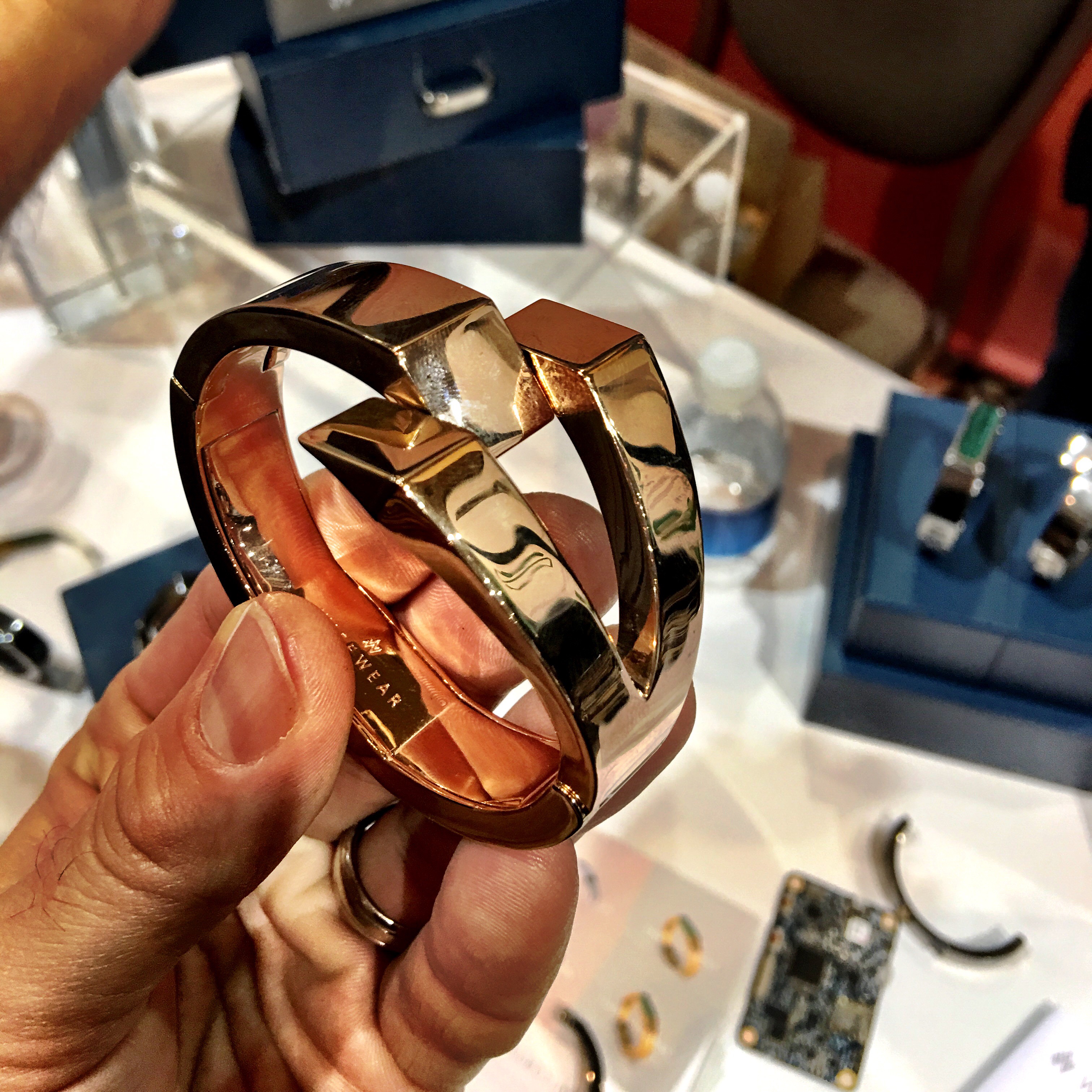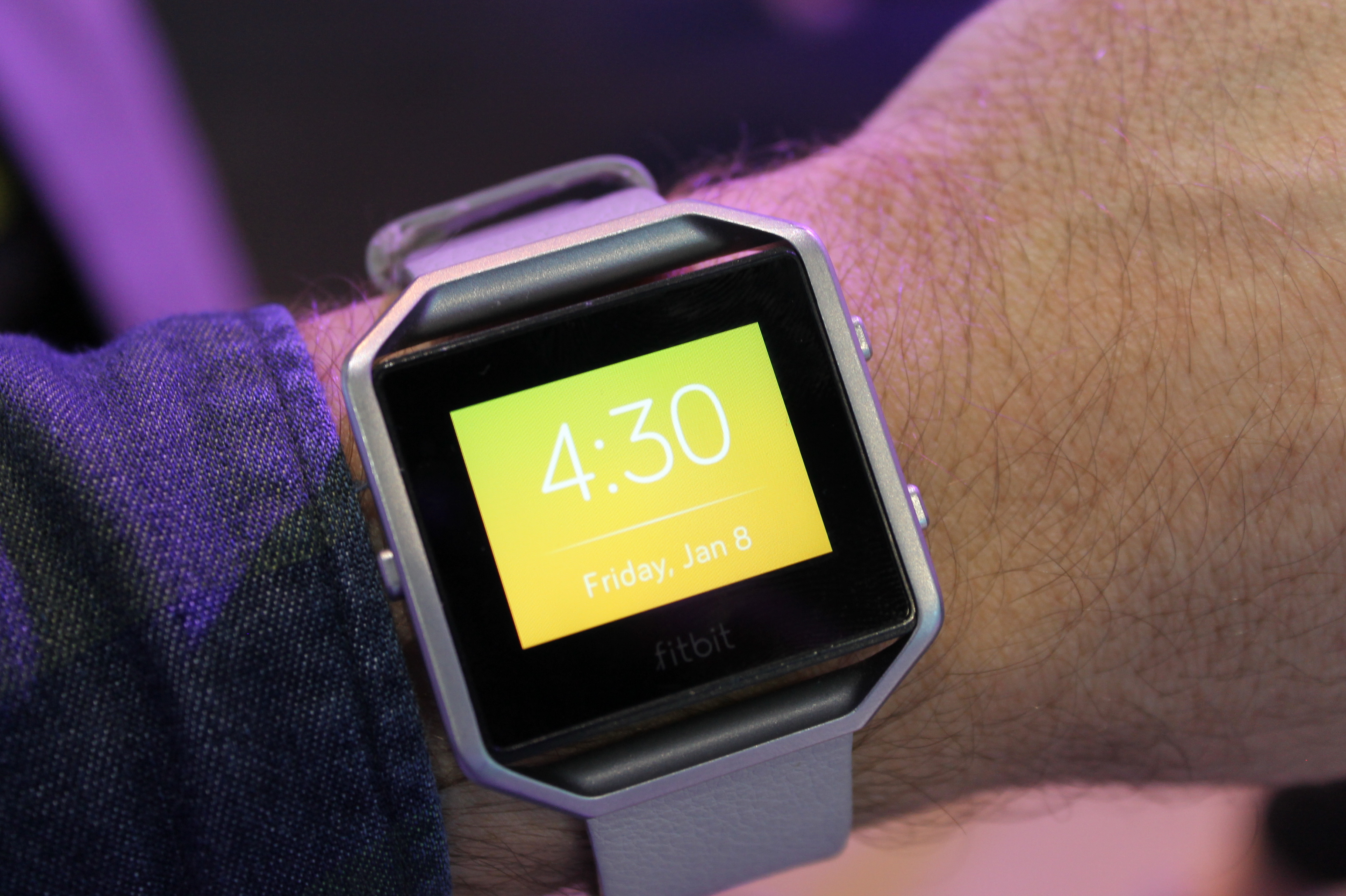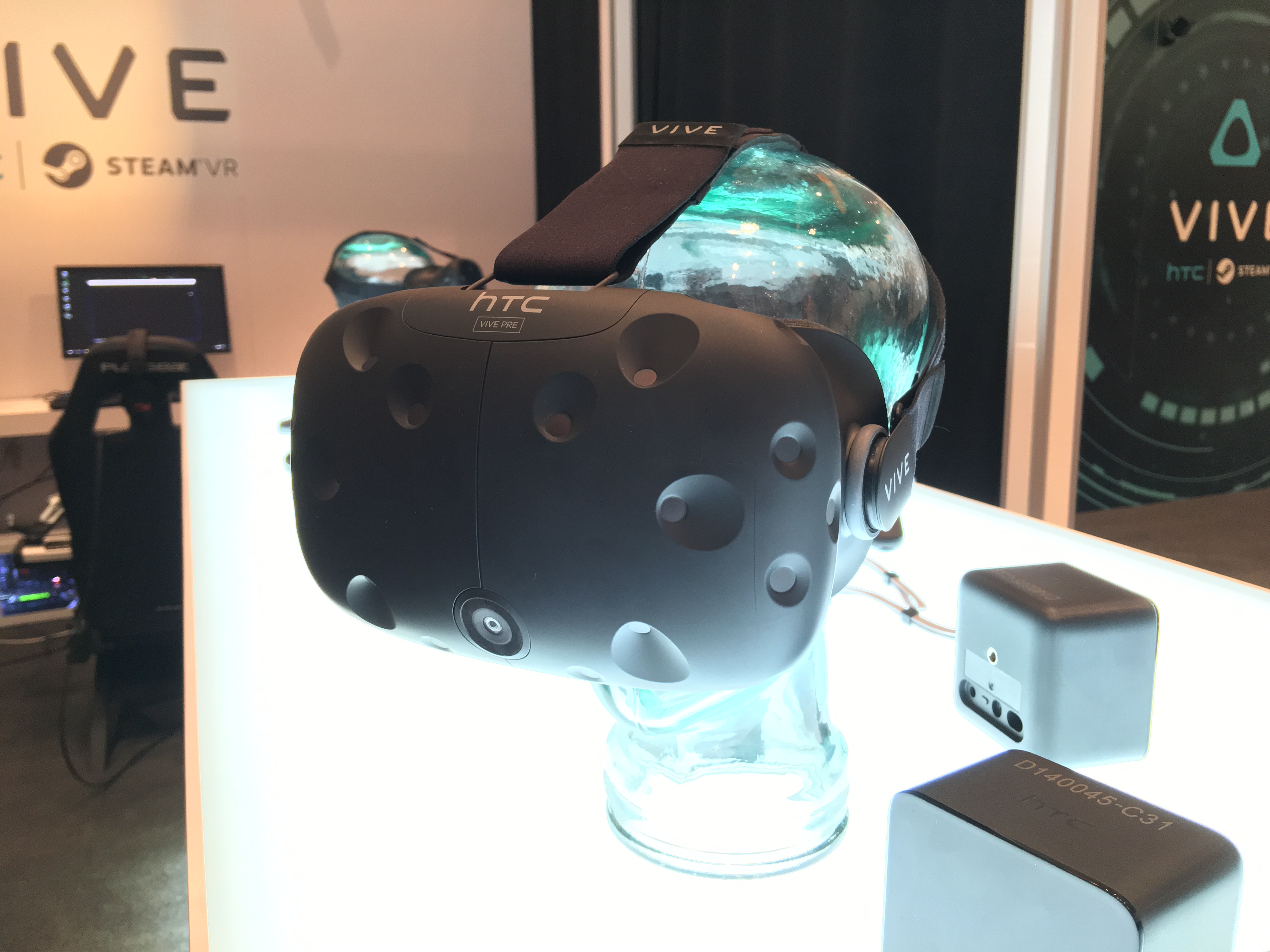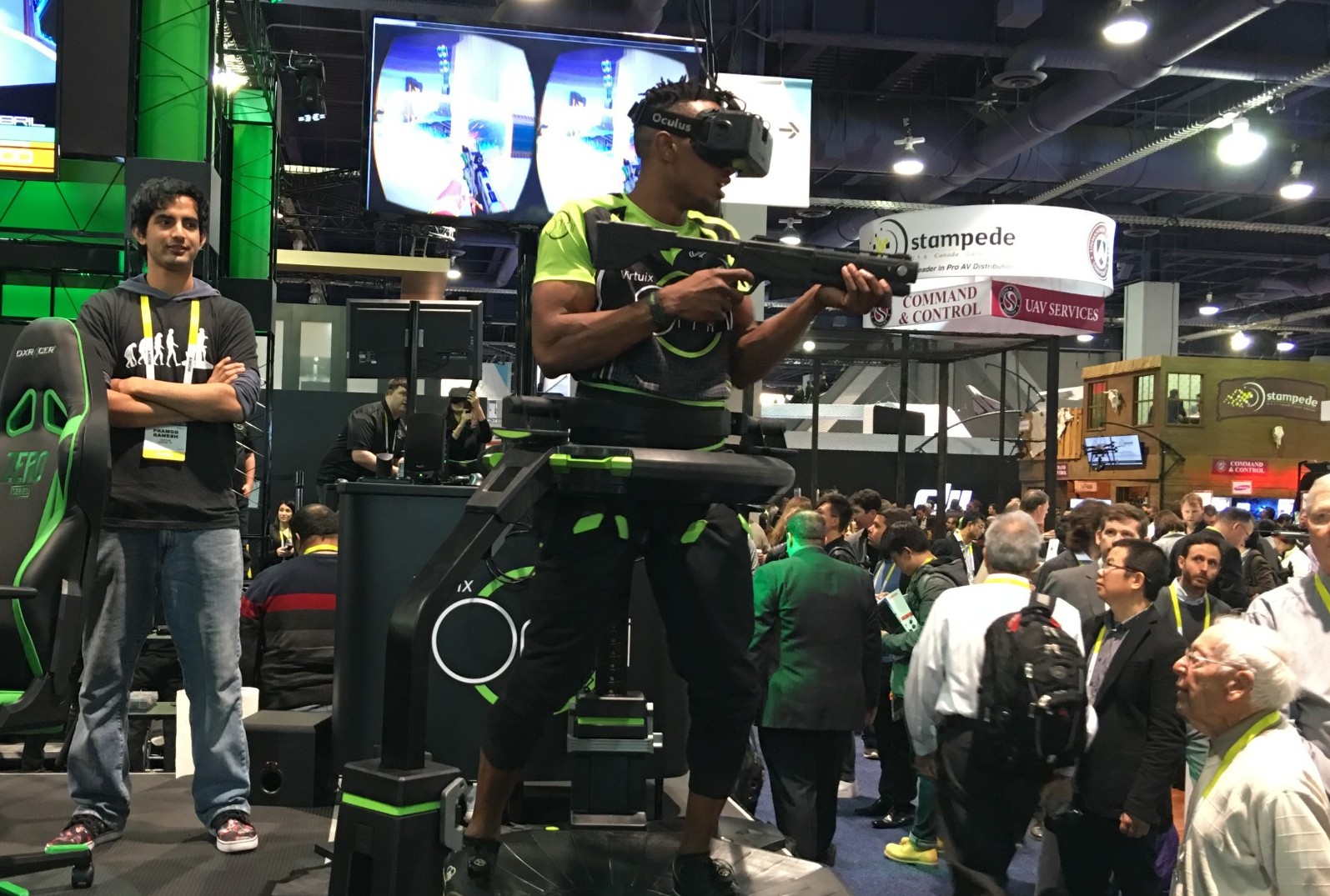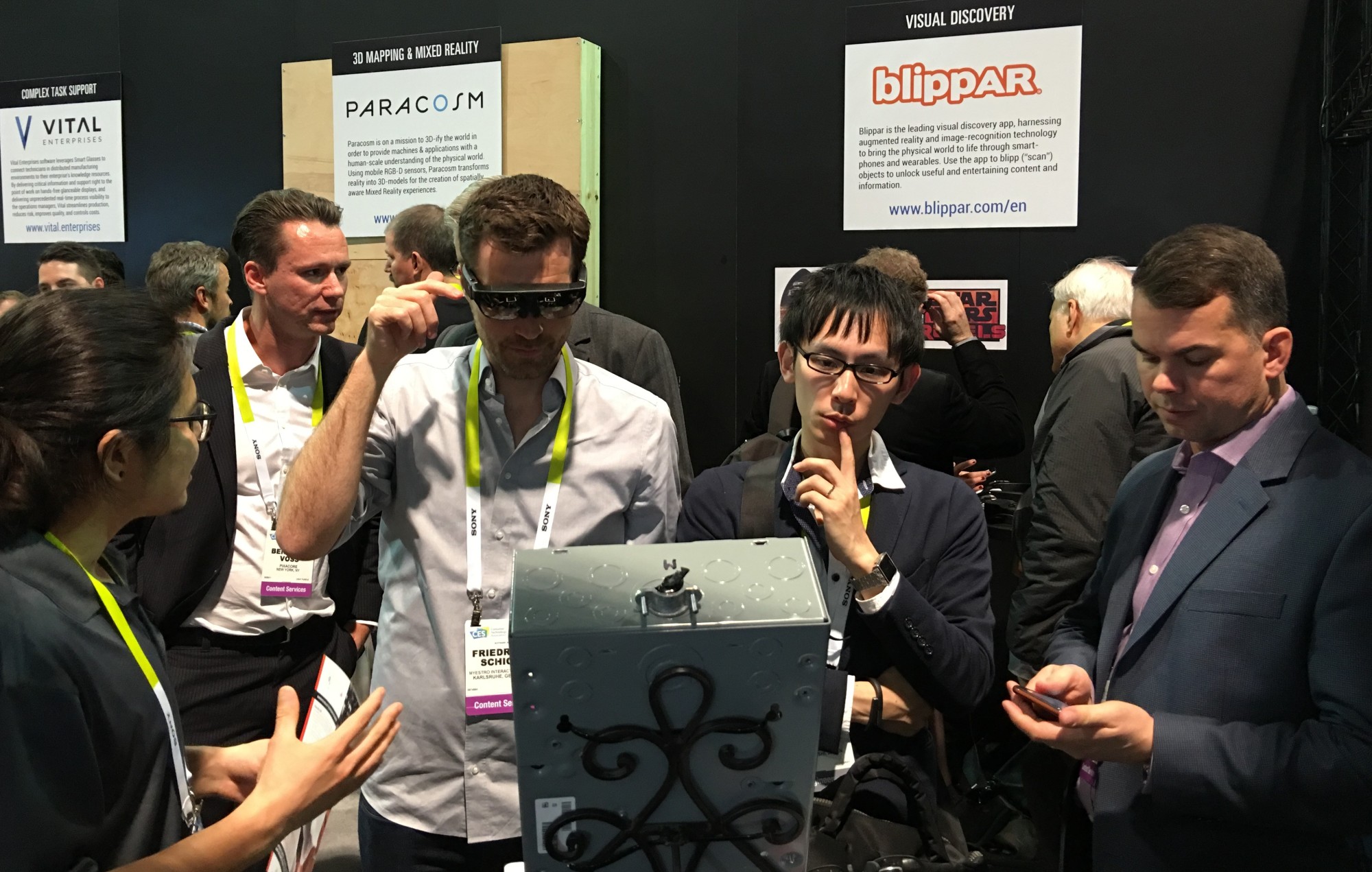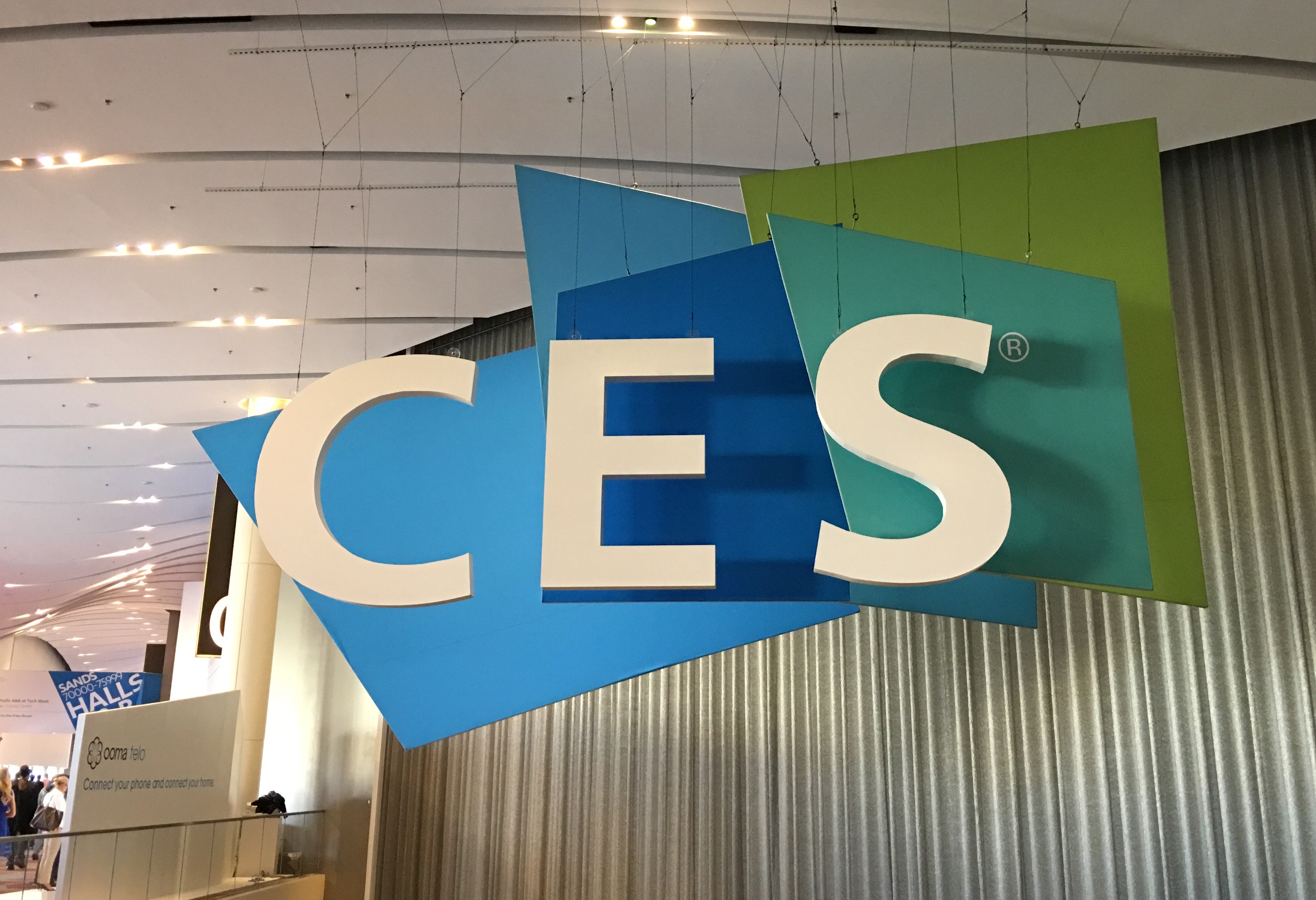
Another CES has come and gone, and it was clear that this year was a big one for wearable tech.
From smart clothing to virtual reality, CES 2016 showcased over 700 wearable products on the showroom floor, proving that not only is the category here to stay, but it’s primed to grow exponentially.
Here are ten wearable tech trends I saw when walking the expo floor this year.
Wearables are growing up
The loudest trend from CES this year was a level of maturity in wearables. This could be seen as soon as you walked into the Tech West area at the Sands Convention Center, from the size of the booths right down to the products being demoed.
In previous years we saw mostly beta and developer devices showcasing some new and innovative ideas at tables and smaller booths, but 2016 brought less surprises and more working products ready for consumers, particularly by big players like Under Armour. Although this did translate into a less exciting and more mainstream bundle of announcements, it meant that the products being demoed on the floor were much more functional and fully-realized. This was especially important for companies such as Avegant, Bragi and Oculus whose production-ready products at CES marked a graduation from their crowdfunding roots.
Fitness and health continues to dominate
Not surprisingly, the largest showing of wearables at CES this year included devices aimed at making users more active, fit and healthy.
The big push this year was making these solutions more affordable, and particularly less obtrusive. Withings debuted Go, a cost-effective fitness tracker that maintains the company’s eye for design. Under Armour unveiled its all-in-one smart system, HealthBox, which includes a connected scale, chest strap and fitness band created in partnership with HTC. And smart shirt clothing leaders, Hexoskin and OMsignal, both debuted new athletic wear at the show with embedded sensors that track activity, heart rate and respiration.
Wearables that want to take action
One growing trend in the fitness and health wearable space is the emergence of “active” wearable devices. Unlike most fitness and health devices that passively gather data to present it back to users to shape their health decisions, these wearables perform an action to better the wearer’s health.
I first came across this type of wearable at CES 2015 with Thync, a mood-altering headset that uses electrical signals to alter your mind for energy or relaxation. This year, I came across a few more active devices on the floor, and I expect that this segment will continue to grow in the years to come.
One of these devices was iTens, the world’s first FDA-cleared wearable electrotherapy device. The device works by sending tiny electrical signals to sore areas like the neck or shoulders to provide pain relief.
Nervana’s dopamine-inducing earbuds also use electrical currents. The headphones send electricity through the ear canal to simulate the Vagus nerve to heighten the excitement of listening to music.
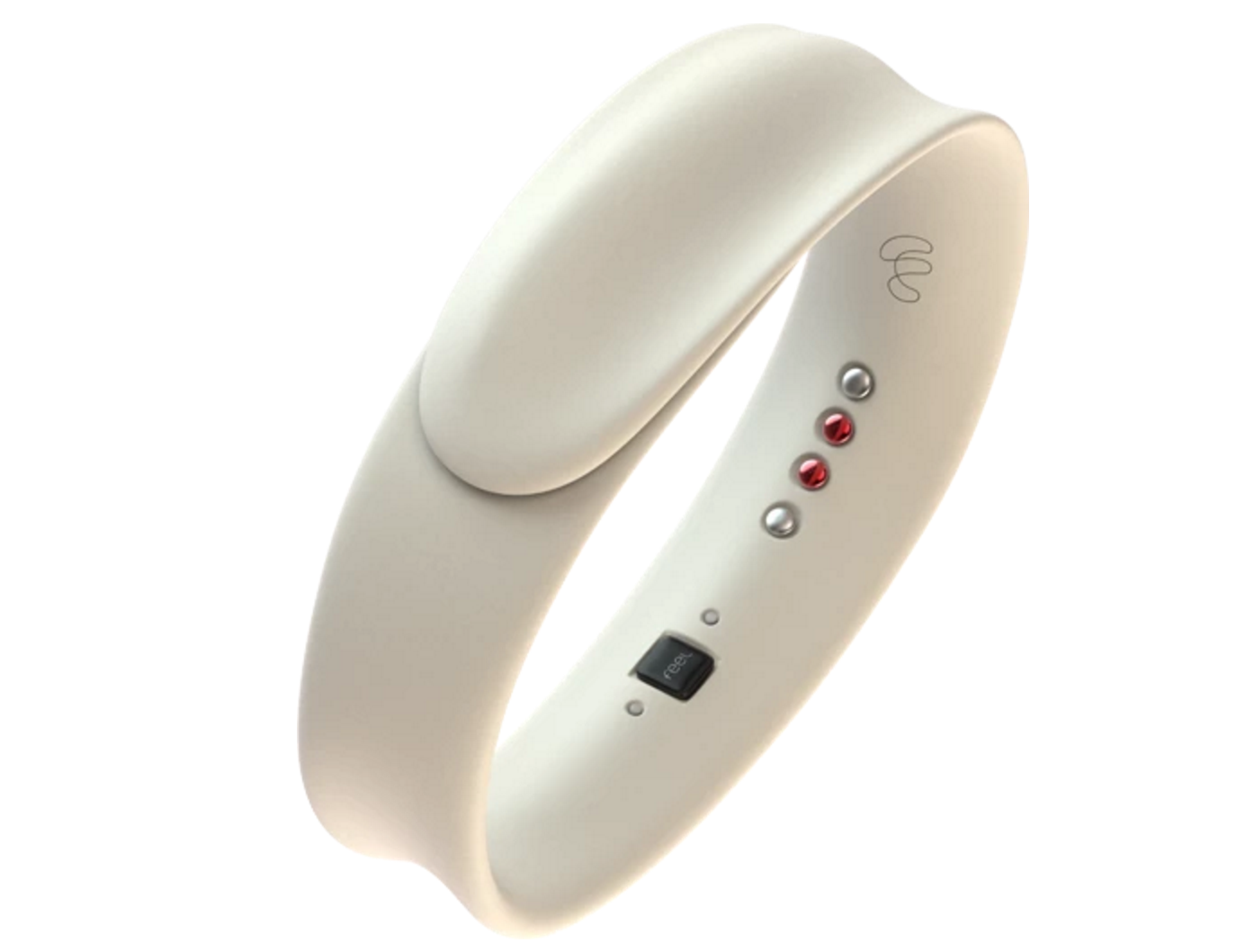
Emotional measurement is coming
While the majority of fitness and health wearables are focused on activity tracking and caloric burn through heart rate monitoring, one up-and-coming trend is the quantification of our stress and emotions.
In Eureka Park, the expo for early-stage startups, there were a number of wearable startups focused on emotional measurement, including Feel, a wrist-worn tracker from Sentio Solutions. Feel uses a variety of sensors to measure skin temperature, blood pressure and galvanic skin response to determine the wearer’s emotional state.
Sensaura is counting on data from existing wearables to detect a user’s emotion with its emotion recognition platform. The company extracts biometric information such as heart rate from wearable devices and and then uses its algorithms to create an emotion matrix. This data can then be used by app developers to make their solutions smarter and more personalized.
Wearables that look good
Last year marked a huge shift in wearables as companies began to think as much about fashion and style as they did how the device functions. That focus was extended even further this year with a number of wearables that are beginning to look like regular clothing and accessories.
The best example of this came from Under Armour which launched a smart sneaker with an embedded chip in the sole to track activity. The sneaker looks and feels no different than a running shoe, and uses a battery that lasts the entire life of the shoe — which means it never needs to be charged.
Smart jewelry maker, WiseWear, is making sensor-filled bracelets that can stand on their own as fashionable accessories. The company has partnered with legendary designer Iris Apfel to offer a line of brass smart bracelets plated in 18-karat gold or palladium. Along with fitness tracking capabilities, WiseWear’s jewelry keeps its wearer safe by sending their location and text messaging emergency contacts when the bracelet is tapped using a customized pattern.
OMsignal debuted the first smart sports bra, OMbra, which is as much a better bra as a connected one. The company did extensive research to create a sports bra that is comfortable, supportive and aesthetic with the added benefit of tracking running metrics using its many embedded sensors.
Everyone wants to make a smartwatch
Although there wasn’t as much buzz around smartwatches this year compared to last, connected timepieces were everywhere on the floor.
From watchmakers to phone manufacturers to athletic apparel companies, everyone is vying for a piece of the smartwatch pie, even though they haven’t proven themselves in the market.
Whereas TAG Heuer, Fossil and Huawei were all showing off the fashionable side of the smartwatch space, Casio, New Balance and Fitbit all made watch announcements focused more on fitness.
Casio is the latest watch manufacturer to enter the smartwatch race with its Andorid Wear-powered outdoor watch built to last, with its rugged exterior and dual-layer screen for extended battery life.
New Balance announced it will be coming out with an Android Wear watch for runners this year. And Fitbit debuted its latest device, Fitbit Blaze, which boasts Apple Watch-esque design elements.
VR takes over gaming
It was hard to find anything but VR in the gaming section at CES this year. Virtual reality was everywhere, and there was no shortage of virtual reality headsets shown off by large and small players alike.
Oculus’ booth dominated the gaming area with its booth lined by people waiting sometimes more than two hours for the chance to try out the consumer version of the Oculus Rift.
Chinese VR companies ANTVR and 3Glasses were demoing Rift alternatives at the show, with 3Glasses’ high-resolution headset undercutting the competition with its $399 D2 Vanguard Edition.
The Mobile VR category also saw a ton of options to choose from including Homido’s Mini VR you can fold and put in your pocket, along with various themed Cardboard headsets from I AM CARDBOARD.
Virtual reality gets physical
Beyond the HMDs, the most exciting trend at CES was by far the focus on making virtual reality more physical.
There were a number of companies at the show determined to put hands, feet and even entire bodies in the virtual world. Samsung was demoing its experimental Gear VR controllers, Rink; Oculus had its Touch controllers working; Realiteer had attendees shooting virtual zombies with their Cardboard weapons; and Chinese company Ximmerse featured their positional camera and set of controllers designed as an add-on to any VR device.
Meanwhile Virtuix Omni and Infinadeck got our feet moving in virtual reality with their omni directional treadmills and 3D rudder used our feet as motion controllers with its pressure sensitive disc. Immersit and Icarus offered total-body experiences with their solutions that moved users around to enhance the experiences they witnessed in the display including Icarus’ total-body workout flight simulator.
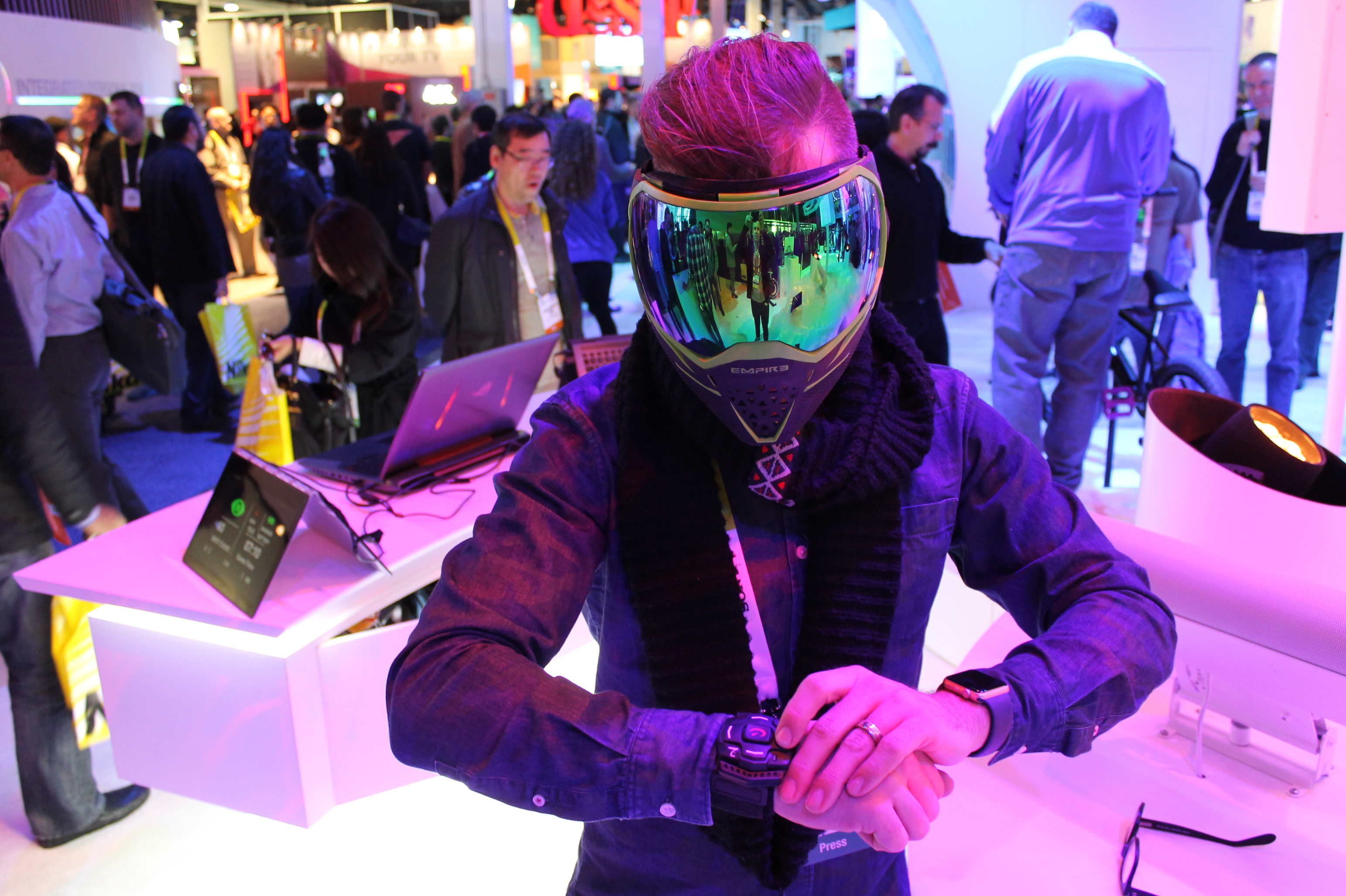
HUD heads to helmets
The most exciting wearable announcement coming out of CES 2016 was the DAQRI smart helmet powered by Intel. The AR-capable device allows workers to get real-time access to information such as maps and schematics, and features an X-ray-like thermal imaging feature that lets users see through walls using Intel’s RealSense.
The DAQRI device was just one of many helmet heads-up displays launched at the event. BMW unveiled its concept motorcycle helmet allowing information like speed limits, directions, and incoming phone calls.
And Recon Instruments, makers of the smartglasses for sports such as the Jet and Snow2, demoed the first smart paintball mask they created in collaboration with Empire Paintball.
Not much fun for AR
While the VR area at CES was all fun and games, it was clear from the augmented reality marketplace was more utilitarian.
The ODG booth was filled with examples of software providers using its augmented reality glasses to enhance the work performed by employees in medicine, manufacturing, automotive and more.
Scope AR demonstrated its augmented reality training and support solution which connects field technicians and experts to each other immediately and in real-time.
And MedWeb used ODG glasses to illustrate how surgeons can benefit from AR for virtual consultation and telemedicine.
—
CES was full of wearables this year, and as I said in my 2016 predictions post, it’s no longer fair to log them into one category.
MobileSyrup may earn a commission from purchases made via our links, which helps fund the journalism we provide free on our website. These links do not influence our editorial content. Support us here.


